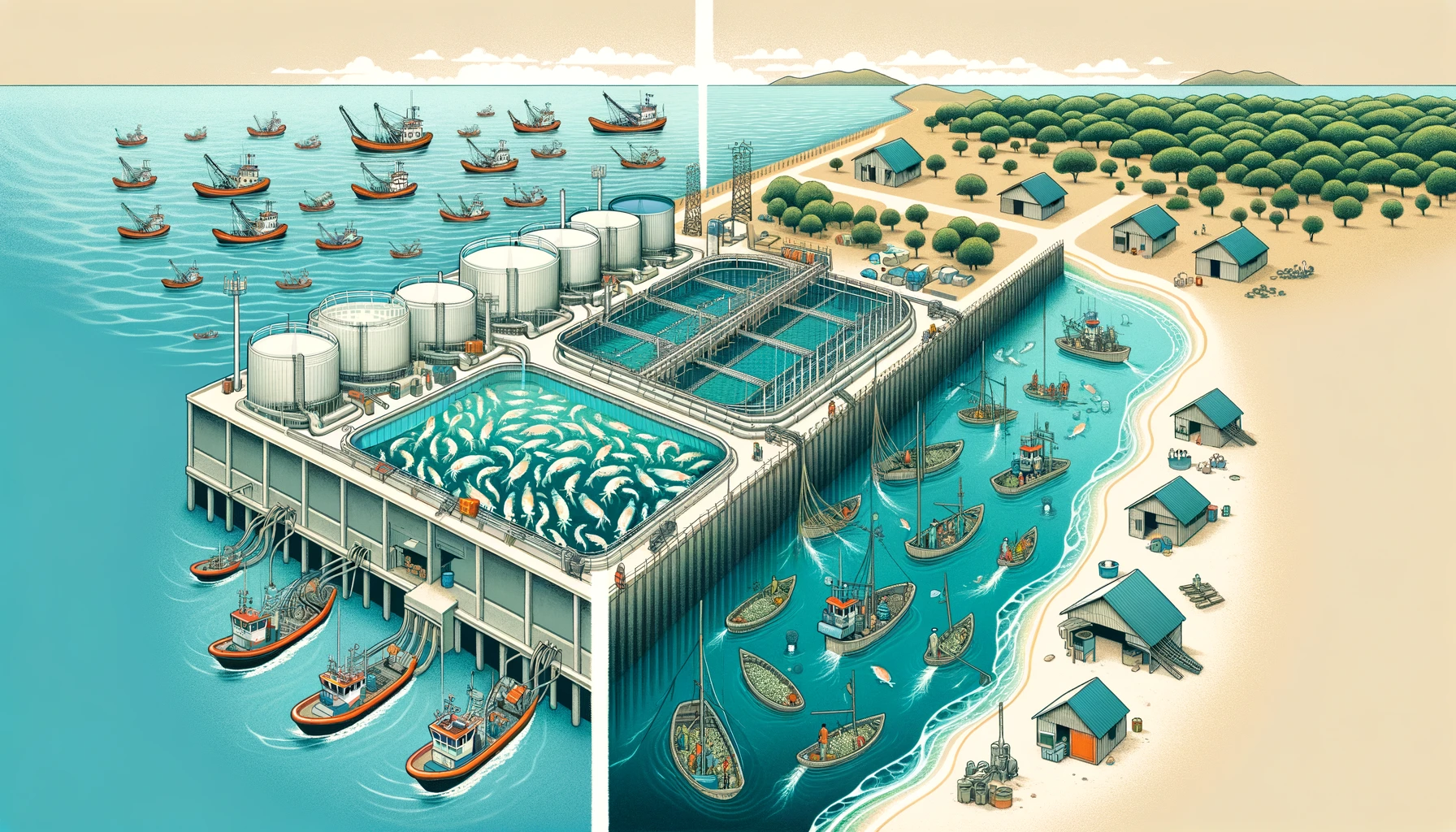Dear Editor,
Your editorial of 24 May (Mahdia tragedy, https://www.stabroeknews.com/2023/05/24/opinion/editorial/mahdia-tragedy/) on the horrific deaths of 19 children in a dormitory fire on Sunday night (and other children who are seriously burnt, all the children scarred for life) reminded us of the government’s serial failures to learn from the earlier deaths of three schoolgirls in Waramadong Secondary School dormitory in August 2008 and the fire that razed the boys’ dormitory of the Bartica Secondary School 8 months earlier in December 2007. You correctly pointed out that in addition to the irreplaceable losses of these innocent children, are the invisible scars and lifelong traumas that all Indigenous children, their families and communities must live with.
Your editorial pertinently ends by asking: “Are all school buildings and dormitories up to fire code? Are fire safety education and fire drills still mandatory? How often are they carried out? In light of the fact that sensor alarms and sprinklers probably will not work in the hinterland owing to electricity issues, is there an alternative alarm system in place? If not, why not? Given that heavy iron grills are known to be death traps during fires, who is ultimately responsible for the security at school dorms? Does the Ministry of Education still have a schools’ inspection unit? If yes, how often are schools and dorms assessed? If no, why not? These are questions that must be answered and failings that have to be rectified as we move forward.”
Four aspects need to be considered. These aspects apply to building both for public and private use. The aspects are Design, Construction, Operation and Maintenance. The Code of Practice for building, a multi-volume series which can be purchased from the Guyana National Bureau of Standards (GNBS), includes Part 3: Fire safety use and occupancy, code GCP 9-3. This 100-page volume is priced at GYD 14,100 (https://gnbsguy.com/standards/gcp-9-3-2005-code-of-practice-for-building-part-3-fire-safety-use-and-occupancy-51 ). The last revision of this volume was in 2005, before the school fires mentioned above. If GNBS adhered to the norms of the International Standards Organization (ISO), this code would be reviewed at intervals of five years or less, and revised if the review indicated a need for updating. It is not clear if the bid specifications for construction or repair of schools from the Ministry of Education (see below) refer to the GNBS Code.
Exterior doors fitted with crash bars on the inside, and the strategic placing of fire extinguishers, are norms in public buildings in many countries. Several/many countries require that public buildings are checked annually by accredited fire service inspectors. If the inspection passes the checklist of requirements, a signed and dated inspection certificate is required by law to be posted at or near the main exits. If that is not the practice in Guyana, it should be. Editor, on page 24 of the 21 May edition of Kaieteur News is a Ministry of Education advertisement inviting bids from contractors for, inter alia, constructing dormitories adjoining 4 interior schools, listed below.
We strongly suggest that this Ministry of Education advertisement be recalled forthwith and revised to ensure that the building specifications exclude the use of inflammable materials and include the placing of battery-powered alarms against smoke and carbon monoxide, and meet with all the specifications for construction which you outlined in your editorial.
Construction of Kwebana Secondary School, Region 1 …Lot 3 – Substructure works – Dormitory.
Construction of Hosororo Secondary School, Region 1 …Lot 3 – Substructure works – Dormitory.
Construction of Jawalla Secondary School, Region 7 …Lot 3 – Substructure works – Dormitory.
Construction of Kopinang Secondary School, Region 8 …Lot 3 – Substructure works – Dormitory.
Construction of a modern school building/complex to house 800 students, Tuschen, West Bank Demerara, Region 3.
Similarly, the Ministry of Culture, Youth and Sport should recall its invitation to bid for the construction of multipurpose halls in Mabaruma, Region 1; Leonora, Region 3; Mongrippa Hill, Bartica, Region 7; and Lethem, Region 9, to check that the engineer’s specifications meet the standard of modern fire safety (KN 21 May 2003). Editor, it is a paradox that offshore we have ExxonMobil and its contractors using global-leading heavy engineering to discover and exploit the subsea petroleum, but onshore our Ministries and agencies are often decades out of date.
Sincerely,
Janette Bulkan
Recall all dorms construction bids and revise to exclude inflammable materials











